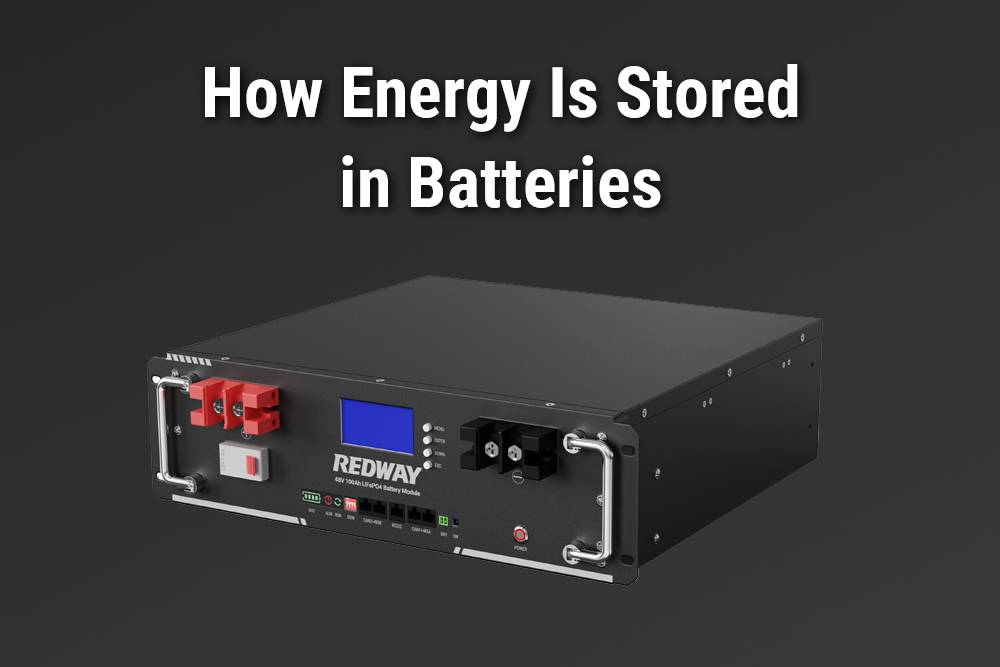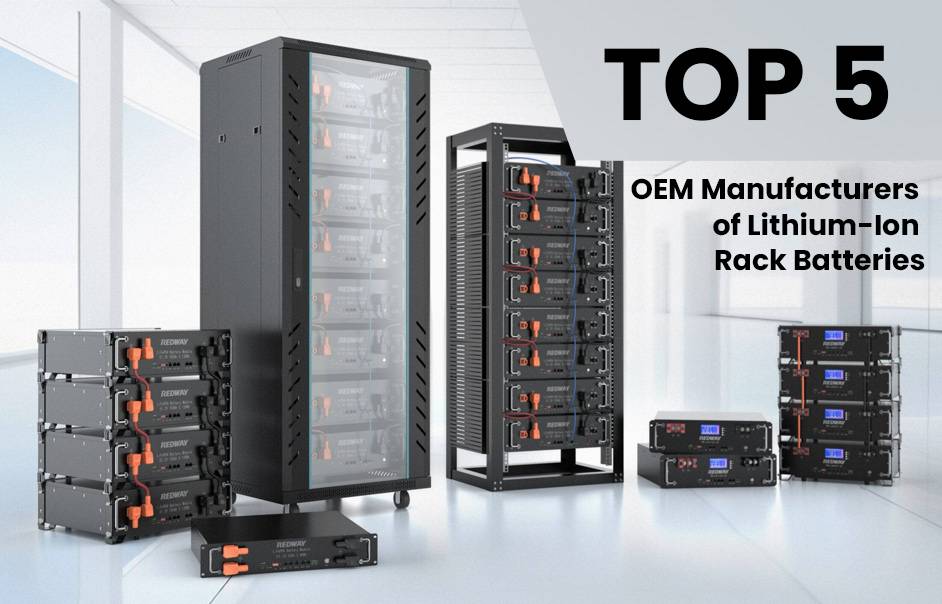- Lithium Golf Cart Battery
- Forklift Lithium Battery
-
48V
- 48V 210Ah
- 48V 300Ah
- 48V 420Ah (949 x 349 x 569 mm)
- 48V 420Ah (950 x 421 x 450 mm)
- 48V 456Ah
- 48V 460Ah (830 x 630 x 590 mm)
- 48V 460Ah (950 x 421 x 450 mm)
- 48V 460Ah (800 x 630 x 600 mm)
- 48V 460Ah (820 x 660 x 470 mm)
- 48V 500Ah
- 48V 560Ah (810 x 630 x 600 mm)
- 48V 560Ah (950 x 592 x 450 mm)
- 48V 600Ah
- 48V 630Ah
-
48V
- 12V Lithium Battery
12V 150Ah Lithium RV Battery
Bluetooth App | BCI Group 31
LiFePO4 Lithium
Discharge Temperature -20°C ~ 65°C
Fast Charger 14.6V 50A
Solar MPPT Charging - 24V Lithium Battery
- 36V Lithium Battery
- 48V Lithium Battery
-
48V LiFePO4 Battery
- 48V 50Ah
- 48V 50Ah (for Golf Carts)
- 48V 60Ah (8D)
- 48V 100Ah (8D)
- 48V 100Ah
- 48V 100Ah (Discharge 100A for Golf Carts)
- 48V 100Ah (Discharge 150A for Golf Carts)
- 48V 100Ah (Discharge 200A for Golf Carts)
- 48V 150Ah (for Golf Carts)
- 48V 160Ah (Discharge 100A for Golf Carts)
- 48V 160Ah (Discharge 160A for Golf Carts)
-
48V LiFePO4 Battery
- 60V Lithium Battery
-
60V LiFePO4 Battery
- 60V 20Ah
- 60V 30Ah
- 60V 50Ah
- 60V 50Ah (Small Size / Side Terminal)
- 60V 100Ah (for Electric Motocycle, Electric Scooter, LSV, AGV)
- 60V 100Ah (for Forklift, AGV, Electric Scooter, Sweeper)
- 60V 150Ah (E-Motocycle / E-Scooter / E-Tricycle / Tour LSV)
- 60V 200Ah (for Forklift, AGV, Electric Scooter, Sweeper)
-
60V LiFePO4 Battery
- 72V~96V Lithium Battery
- Rack-mounted Lithium Battery
- E-Bike Battery
- All-in-One Home-ESS
- Wall-mount Battery ESS
-
Home-ESS Lithium Battery PowerWall
- 24V 100Ah 2.4kWh PW24100-S PowerWall
- 48V 50Ah 2.4kWh PW4850-S PowerWall
- 48V 50Ah 2.56kWh PW5150-S PowerWall
- 48V 100Ah 5.12kWh PW51100-F PowerWall (IP65)
- 48V 100Ah 5.12kWh PW51100-S PowerWall
- 48V 100Ah 5.12kWh PW51100-H PowerWall
- 48V 200Ah 10kWh PW51200-H PowerWall
- 48V 300Ah 15kWh PW51300-H PowerWall
PowerWall 51.2V 100Ah LiFePO4 Lithium Battery
Highly popular in Asia and Eastern Europe.
CE Certification | Home-ESS -
Home-ESS Lithium Battery PowerWall
- Portable Power Stations
How Is Energy Stored in Batteries?

Energy is stored in batteries through chemical reactions that convert electrical energy into chemical energy and vice versa. When a battery discharges, a chemical reaction occurs between the electrodes and the electrolyte, releasing electrons that flow through an external circuit, providing power. Understanding this process is essential for grasping how different battery types function and their applications.
What Are the Basic Components of a Battery?
A battery consists of three main components: two electrodes (anode and cathode) and an electrolyte.
- Anode: The negative electrode where oxidation occurs, releasing electrons.
- Cathode: The positive electrode where reduction occurs, accepting electrons.
- Electrolyte: A conductive medium that allows ions to move between the anode and cathode during the chemical reaction.
Chart: Battery Components
| Component | Function |
|---|---|
| Anode | Releases electrons during discharge |
| Cathode | Accepts electrons during discharge |
| Electrolyte | Conducts ions between electrodes |
How Do Chemical Reactions Store Energy in Batteries?
Batteries store energy through electrochemical reactions. When a battery is charged, electrical energy is converted into chemical energy by forcing electrons from the cathode to the anode. During discharge, these reactions reverse, allowing the stored chemical energy to be converted back into electrical energy.
Chart: Charging vs. Discharging Process
| Process | Charging | Discharging |
|---|---|---|
| Reaction Type | Electrons move to anode | Electrons move to cathode |
| Energy State | Chemical energy stored | Electrical energy released |
What Type of Energy Does a Battery Store?
Batteries store chemical energy, which is converted into electrical energy when used. This conversion occurs through electrochemical reactions within the battery cells, generating a flow of electrons that produces electric current. Some batteries are rechargeable, allowing them to store electrical energy again for future use.
What Types of Batteries Are Commonly Used?
There are several types of batteries, each utilizing different chemical compositions and mechanisms for storing energy:
- Lead-Acid Batteries: Commonly used in vehicles; they store energy through lead dioxide and sponge lead reactions.
- Nickel-Cadmium (NiCd) Batteries: Used in power tools; they rely on nickel oxide hydroxide and cadmium.
- Lithium-Ion Batteries: Widely used in consumer electronics; they utilize lithium compounds for high energy density and efficiency.
- Lithium Iron Phosphate (LiFePO4): Known for safety and thermal stability; used in electric vehicles and renewable energy storage.
Chart: Comparison of Battery Types
| Battery Type | Chemistry | Typical Use |
|---|---|---|
| Lead-Acid | Lead dioxide + sponge lead | Automotive |
| Nickel-Cadmium | Nickel oxide + cadmium | Power tools |
| Lithium-Ion | Lithium cobalt oxide | Smartphones, laptops |
| Lithium Iron Phosphate | Lithium iron phosphate | Electric vehicles, solar storage |
Why Is the Electrolyte Important in Energy Storage?
The electrolyte plays a crucial role in facilitating ion movement between the anode and cathode. It must be conductive enough to allow ions to flow freely while also being stable under various temperatures and conditions. The choice of electrolyte can significantly affect a battery’s performance, efficiency, and lifespan.
How Does Temperature Affect Battery Performance?
Temperature has a significant impact on battery performance:
- High Temperatures: Can increase reaction rates but may also lead to overheating and reduced lifespan.
- Low Temperatures: Slow down chemical reactions, leading to decreased capacity and efficiency.
Chart: Temperature Effects on Battery Performance
| Temperature Range | Effect on Performance |
|---|---|
| Below 0°C | Reduced capacity |
| 0°C – 25°C | Optimal performance |
| Above 25°C | Increased wear and potential damage |
What Is State of Charge (SOC) and Its Importance?
State of Charge (SOC) refers to the current level of charge in a battery compared to its total capacity. Monitoring SOC is crucial for:
- Preventing Overcharging: Ensures battery longevity by avoiding damage from excessive voltage.
- Maximizing Efficiency: Helps manage energy usage effectively during operation.
Industrial News
The battery industry is undergoing rapid advancements with a strong focus on sustainability and efficiency. Recent developments include improved recycling technologies for lithium-ion batteries and innovations in solid-state batteries that promise enhanced safety and higher energy densities. These trends are crucial as industries shift towards renewable energy sources, necessitating efficient storage solutions.



FAQ Section
Q: How do batteries store electricity?
A: Batteries store electricity as chemical energy through electrochemical reactions between their electrodes and electrolyte.
Q: What happens during the charging process?
A: During charging, electrical energy forces electrons to move from the cathode to the anode, converting it into chemical energy.
Q: Why do some batteries have a shorter lifespan?
A: Factors such as temperature extremes, overcharging, deep discharging, and poor maintenance can shorten a battery’s lifespan.
What is the basic principle behind energy storage in batteries?
Batteries store energy through chemical reactions that occur between the materials inside them. During charging, energy is converted into chemical potential energy, which is then released as electrical energy when the battery is used.
How do different battery chemistries store energy?
Various battery chemistries, such as lithium-ion, lead-acid, and nickel-metal hydride, store energy through different chemical reactions. For example, lithium-ion batteries store energy by moving lithium ions between electrodes, while lead-acid batteries store energy through reactions involving lead dioxide and lead.
What factors influence the energy storage capacity of a battery?
The energy storage capacity of a battery depends on its size, chemistry, design, and operating conditions. Factors such as electrode materials, electrolyte composition, and cell configuration can also impact energy storage.
How is energy stored and released in the charging and discharging process?
During charging, energy is stored as chemical potential energy by moving ions from one electrode to another. During discharging, these ions move back, releasing stored energy in the form of electrical current that can power devices.
Can batteries store unlimited amounts of energy?
Batteries have a finite storage capacity determined by their chemistry and design. Attempting to overcharge a battery or exceed its storage limits can lead to damage, reduced performance, or even safety hazards.
How efficient are batteries at storing and releasing energy?
Battery efficiency varies depending on factors such as charging/discharging rates, temperature, and age. Generally, lithium-ion batteries, for example, can be highly efficient, with charge/discharge efficiencies typically exceeding 90%, but efficiency may decrease over time with use and aging.
What is energy density in a battery and how is it different from power and capacity?
- Energy Density: This measures the amount of energy a battery contains per unit of weight or volume, typically expressed in watt-hours per kilogram (Wh/kg) or watt-hours per liter (Wh/L).
- Power Density: Refers to how quickly energy can be delivered by the battery per unit of weight, measured in watts per kilogram (W/kg).
- Capacity: This indicates the total amount of energy a battery can store, measured in ampere-hours (Ah) or milliampere-hours (mAh). It reflects the battery’s ability to store energy but not the rate at which it can be used.
Energy density focuses on storage efficiency, power density on delivery speed, and capacity on the total stored energy.
























